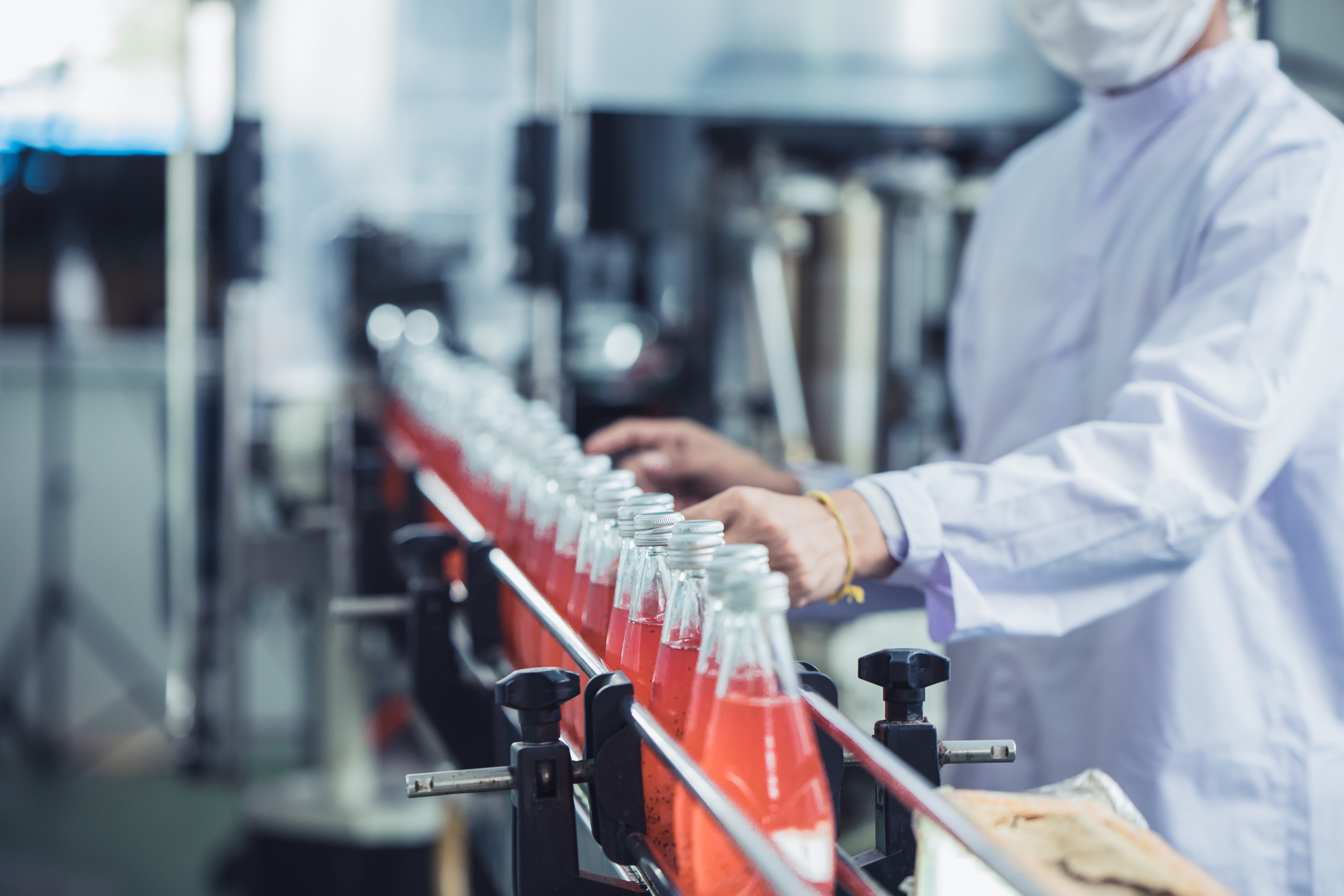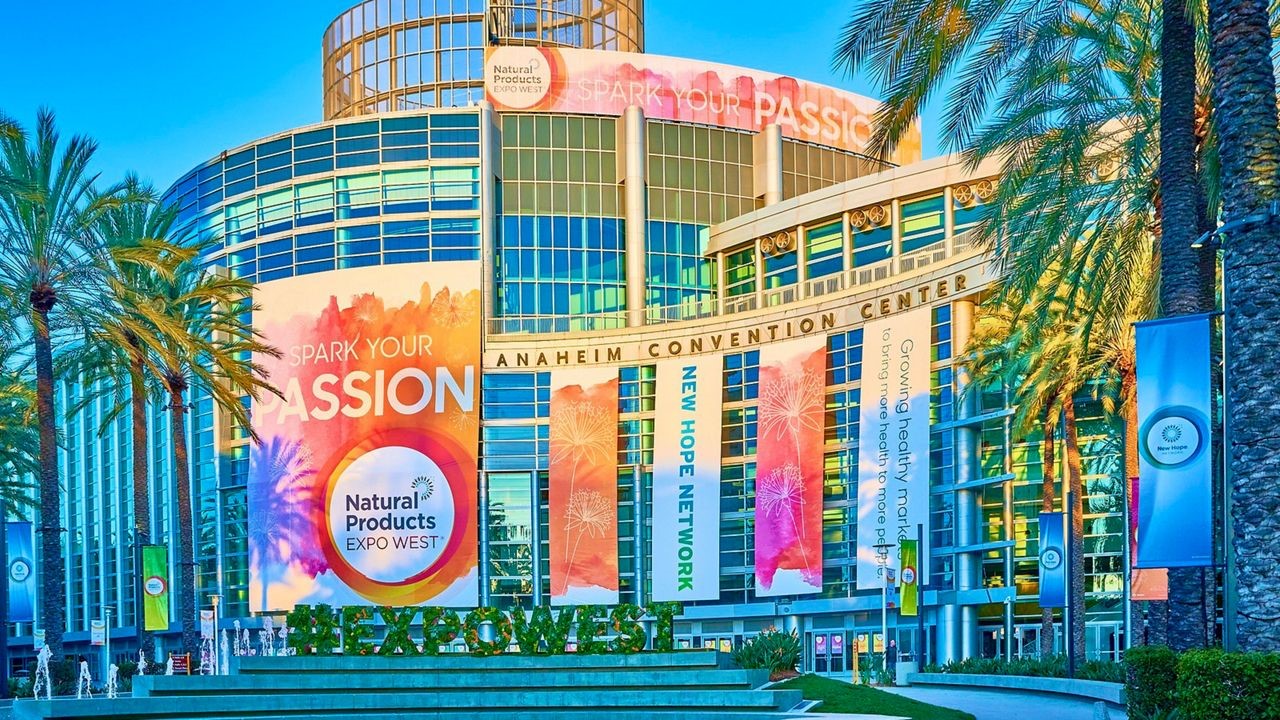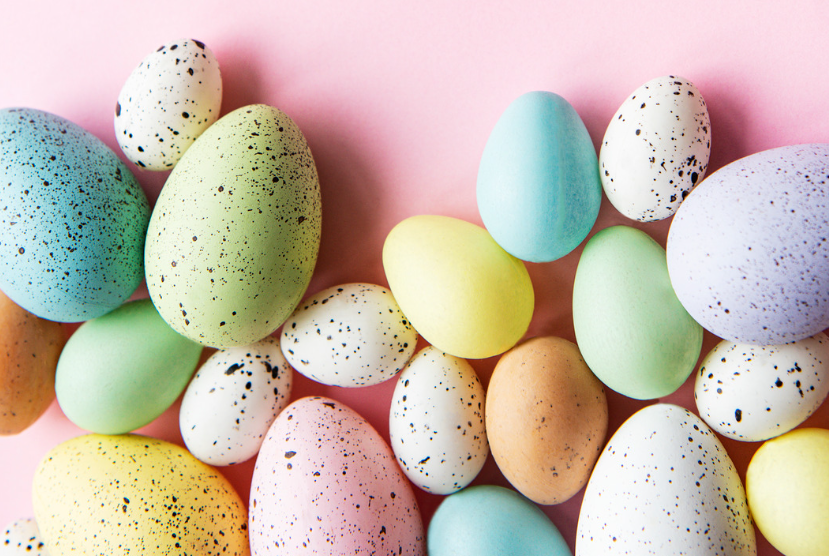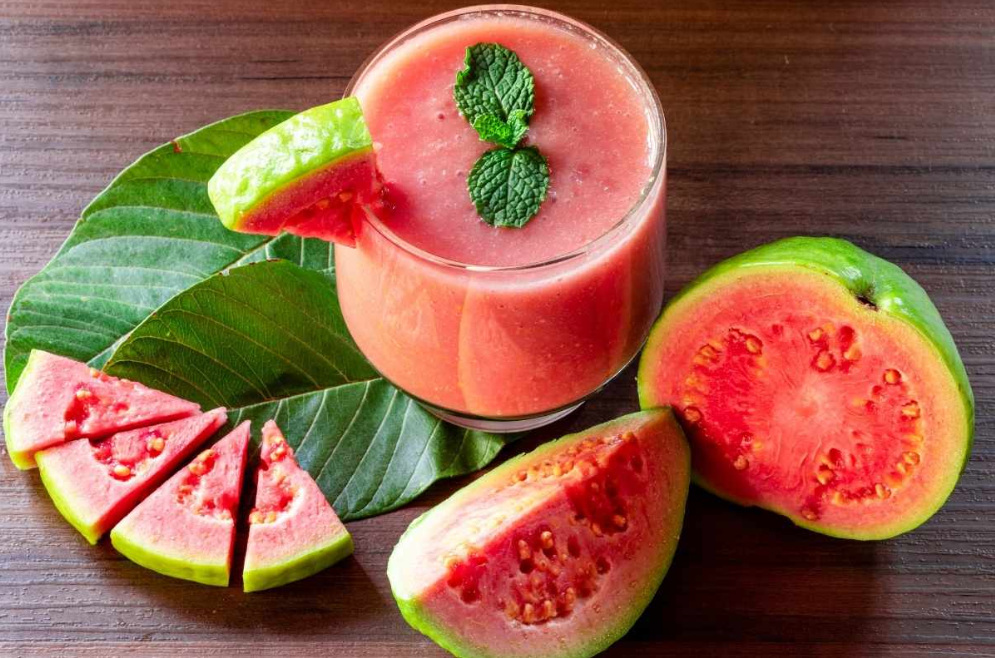The history of beverages is as vast as the history of humankind, which is only natural considering the necessity of liquids in our diet.
The first ginger ale was developed as early as 1866, lemonade dates back to the 1630s, alcoholic beverages like mead and beer date back almost 3 thousand years, and—believe it or not—fermented juices have been around for at least 5 thousand years. And people were probably squeezing fruit juices into their water even further back in time!
The Modern Beverage Industry
The modern beverage industry begins at the introduction of the soft drink which dates back to the 1700s when the now-household name Schweppes began producing and selling newly-invented soda water. Soft drinks are classified as anything sweetened, carbonated, or flavored non-alcoholic drinks.
The beverage industry found its early success among pharmaceuticals. Creators poured their resources into uncovering ways that beverages could treat various simple ailments, especially having to do with the digestive system. And, once sugar was added to the mix in the mid-1800s, the transition from remedy to refreshment exploded and the golden age of beverage development began. It was around this time that companies began experimenting with flavoring. By the end of the 19th century, the world was linked by new beverages and a few emerging companies: Pepsi-Cola, Dr. Pepper, and Coca-Cola.
The Rise Of Non-Alcoholic Drinks
The industry has evolved alongside societal norms, pressures, and values over the years—middle-class morals of the 19th century moved away from drugs and alcohol, leaving room for these non-alcoholic beverages to fill their void.
When prohibition hit America in the 1920s and people could no longer congregate at bars, local pharmacies created “soda fountains” where people could meet, visit, and drink beverages without breaking any laws. This opened up new opportunities for the growing beverage industry.
After prohibition came the rise of the silver screen in Hollywood. With it emerged the commercialization of beverages, resulting in an incredible boom in both sales and popularity. Soon enough, soft drinks were a household staple.
Throughout the second half of the 20th century, increased attention towards health and wellness elicited a whole new range of sports drinks and sugar-free options, further expanding the industry.
Today’s Beverage Industry Insights
Today’s beverage industry market size of $150 billion is a result of these ever-emerging markets. As the rise of health-conscious beverage brands has exponentially increased over the last decade or so, more consumers than ever before are concerned with choosing drinks that support gut health, nutrition, even relaxation, and more.
One thing that’s become strikingly obvious is the rise in the importance of beverage labeling. The coveted certified organic label, non-GMO labels, clean labels, natural labels, you name it, that help to standardize and certify ingredients and processes. This ultimately helps consumers make informed choices about their food and drinks. Our team is equipped with the knowledge and equipment to create products from ideation to production with up-to-date, informed beverage trends leading the way. Contact us today for more information.
Flavor Insights believes this information to be correct. No warranty, guarantee, or representation is given or made in respect to the information provided. Flavor Insights is not in a position to validate the actual production or labeling of products. Flavor Insights recommends that all finished product labeling be reviewed by legal counsel, and finished product and label claim testing be confirmed to ensure product label accuracy.



